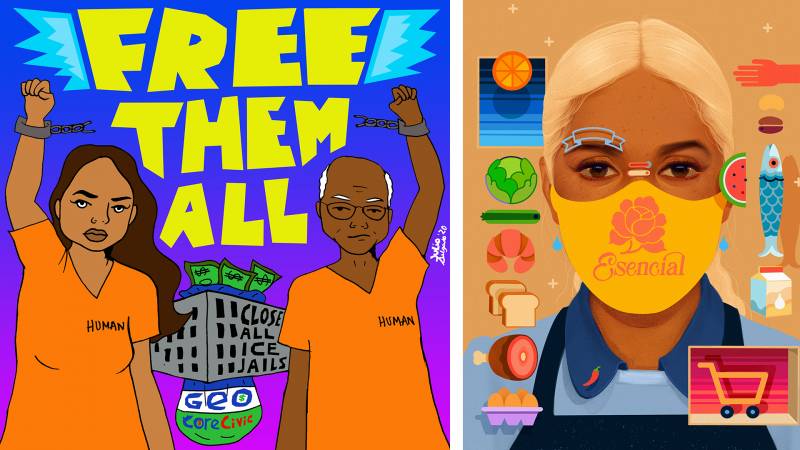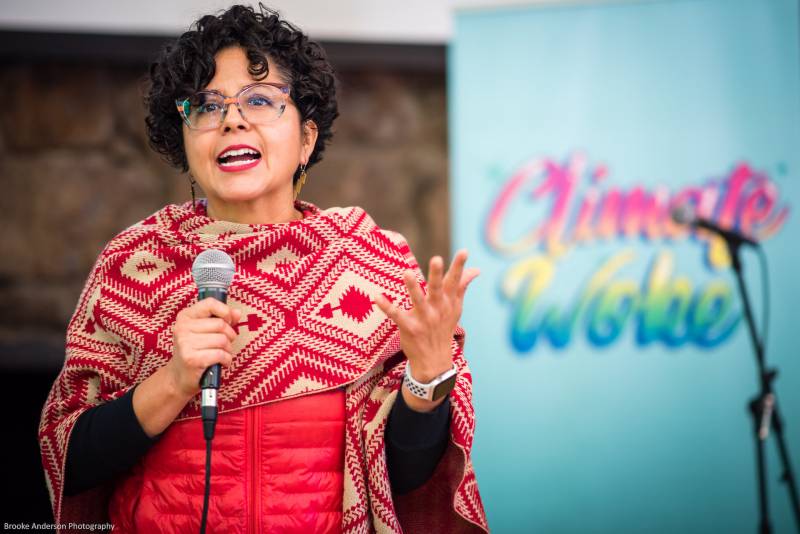Before protests condemning police brutality began across the country last week (again), portraits of recent victims of racist violence—George Floyd, Ahmaud Arbery, Tony McDade and Breonna Taylor—began to circulate on social media along with links to petitions, elected officials’ phone numbers and calls for justice. An illustration of Floyd by the artist Shirien Damra, flowers surrounding him, his eyes closed, gathered 3.4 million likes on her Instagram profile and was shared by users across the world.
Portraits like the ones Damra drew portray the victims with dignity, and allow concerned citizens to circulate images without sharing traumatizing photos or videos of their actual deaths. Damra’s emotionally affecting illustration, coupled with actionable information, moved people to take to the streets and call their representatives before George Floyd became a front-page news story.



